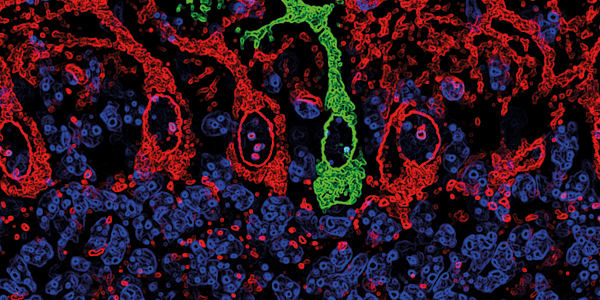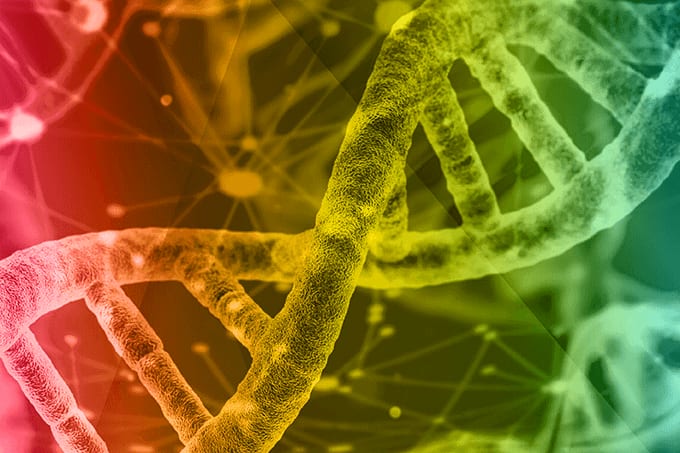
Researchers from the University of Oxford have discovered biochemical changes that occur in the development of Huntington’s disease (HD) – and they could be the key to its early detection.
HD is an inherited neurodegenerative disorder, typically with adult onset, that affects both cognitive function and movement, and is usually fatal after around 20 years. Diagnosis is via genetic testing from a blood sample, but often prompted by advanced disease.
The study, published in Nature Metabolism, investigated how disruptions in glutathione-ascorbate metabolism in brain neurons can trigger early dopamine dysfunction and disrupted motor function associated with HD.
Glutathione-ascorbate metabolism has previously been associated with specific neurons in the brain, called indirect pathway spiny projection neurons (iSPNs). In mouse models, the team observed that, when TrkB signaling in iSPNs was disrupted, dopamine production increased, leading to hyperactivity. The researchers also found that, early in the development of HD in mice, levels of an enzyme called GSTO2 increase. Elevated levels of this enzyme – which is also linked to glutathione ascorbate metabolism – also result in higher dopamine levels than normal, which affects movement and mood. When the scientists reduced the GSTO2 levels in specific brain cells in mice, they found it helped keep dopamine levels steady and stopped early movement issues.
The results suggest that detection of changes in GSTO2 and similar processes could lead to earlier diagnosis of HD. Lead author, Liliana Minichiello, commented, “‘This research marks the first time that we have been able to identify a specific chemical change that is unique to the development of Huntington’s disease, which opens the possibility of developing new tests to study the early changes of the disease before irreversible damage occurs.”
Greater understanding of the mechanisms by which GSTO2 affects dopamine in these early stages could also point to it being a helpful marker or target for slowing down HD’s effects on movement and brain function.




